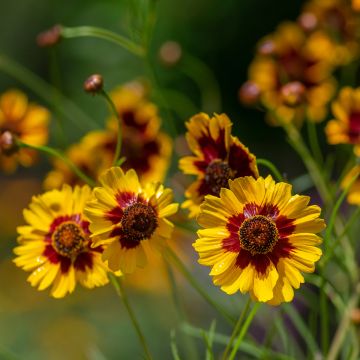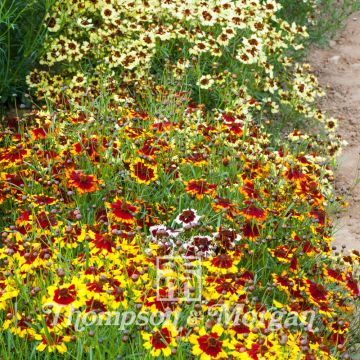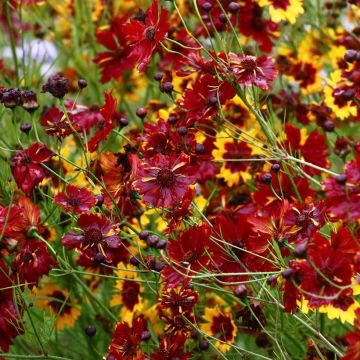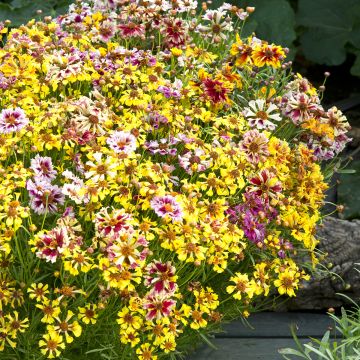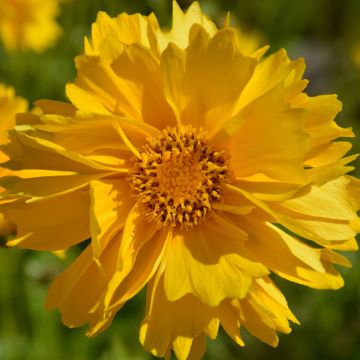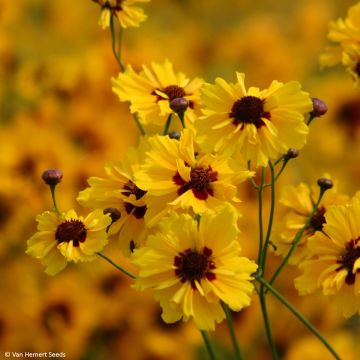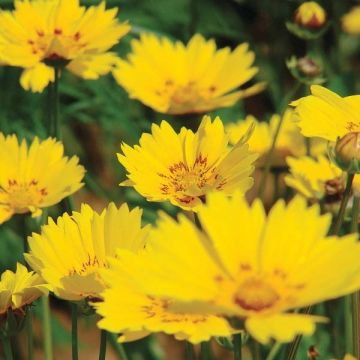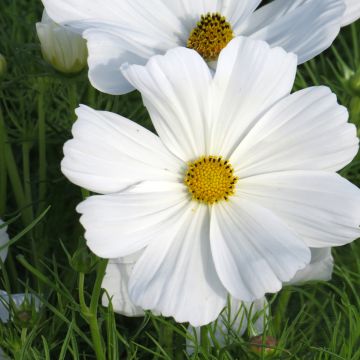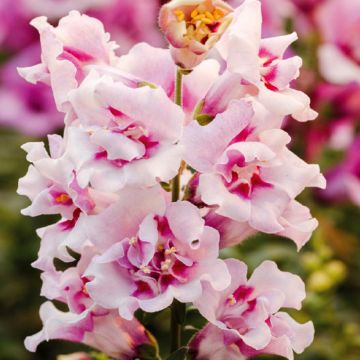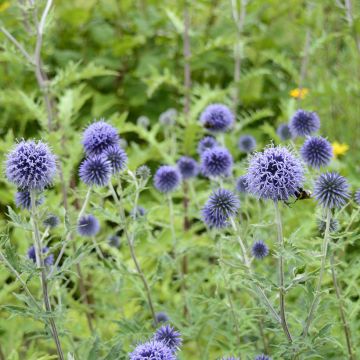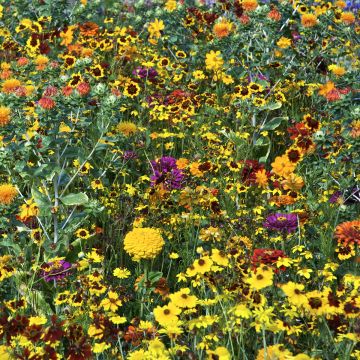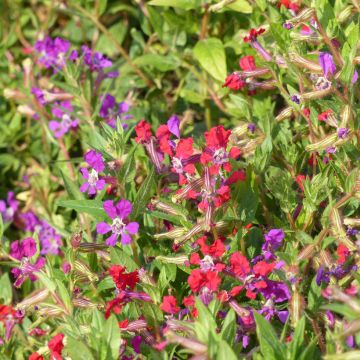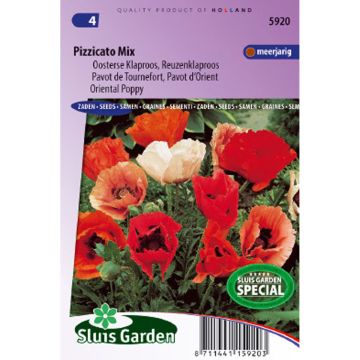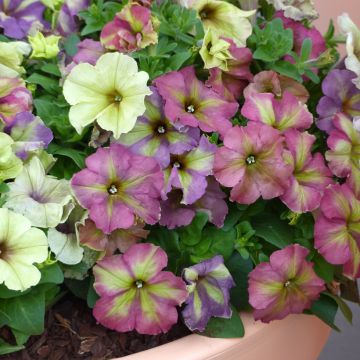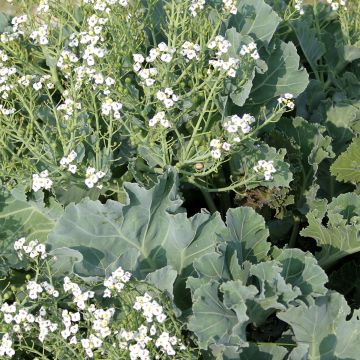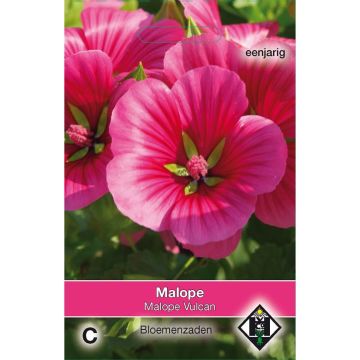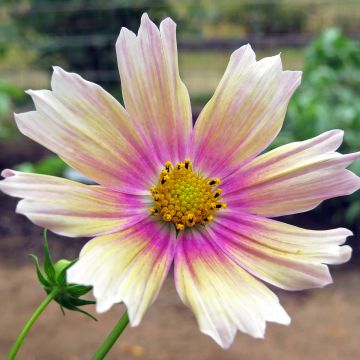

Coreopsis Early Sunrise Seeds - Tickseed


Coreopsis Early Sunrise Seeds - Tickseed
Coreopsis Early Sunrise Seeds - Tickseed
Coreopsis grandiflora Early Sunrise
Large-flowered Tickseed, Golden Tickseed
This item cannot be shipped to the selected country
Dispatch by letter from €3.90
More information
Schedule delivery date,
and select date in basket
This plant carries a 6 months recovery warranty
More information
We guarantee the quality of our plants for a full growing cycle, and will replace at our expense any plant that fails to recover under normal climatic and planting conditions.
Seed-only orders are dispatched by sealed envelope. The delivery charge for seed-only orders is €3.90.
Does this plant fit my garden?
Set up your Plantfit profile →
Description
The large-flowered tickseed Esrly Sunrise is a pretty fabulous, new variety of Coreopsis grandiflora: this perennial plant blooms 3 weeks earlier than other varieties, and its pompom-like flowers which are of substantial size, dry out and disappear without the help of any gardener. Packed with bright yellow petals surrounding a honey-brown eye, the flowers bloom continuously until autumn, like many little suns on top of bushy, neat-looking plants. Awarded in the USA for its numerous qualities, Early Sunrise is a variety that is just as easy to grow as the more classic tickseeds. Provide it with sun and ordinary, well-drained soil.
Coreopsis grandiflora belongs to the family Asteraceae. It is native to North America, California, and is present from New Mexico (all the states to the east) to the Great Lakes. 'Early Sunrise' is a particularly abundantly flowering American cultivar that bears fully double flower heads and displays a denser, more compact growth habit. This rhizomatous perennial forms a 25 cm high basal mound, 40 to 45 cm across. It flowers from early June to early October, usually two years after sowing, but sometimes as early as the first year from sowing. The solitary flower heads, 5-6 cm across, are borne at the end of slightly hairy stems, 45-50 cm in height. The foliage, which is a beautiful intense green, is deciduous: meaning it disappears in winter. The leaves are opposite, lanceolate, simple, sometimes incised at the base, almost stalkless (without a petiole) and are about 10 cm long. This perennial spreads, quite rapidly, through its rhizomes. In the garden, choose a sunny spot with rich, well-drained soil.
The only thing that Coreopsis 'Early Sunrise’ does not tolerate are heavy soils, especially ones that are too moist in the winter. This plant requires full sun to flower well. This versatile perennial will thrive in raised beds or on an embankment with wallflowers, love-in-a-mist and pale flax, in a herbaceous border with Teucrium chamaedrys, perennial sages or Santolina. It is perfect for meadows or slightly wilder areas of the garden with poppies and cornflowers. For a beautiful, flowery summer scene, combine it with Calamintha glandulosa and Nepeta 'Dawn to dusk', in open ground or in containers. In addition, it is a lovely cut flower for summer bouquets, looking like little suns in the house.
Eco-gesture :
By sowing Coreopsis in your garden, you will attract pollinating insects and other useful insects that will be lured by the smell of the nectar emanating from their flowers. In this way, you can improve the quality of your garden's ecosystem which will also help in obtaining many fruits and vegetables. So be sure to plant a few Coreopsis close to your vegetable garden.
Report an error about the product description
Coreopsis Early Sunrise Seeds - Tickseed in pictures


Flowering
Foliage
Plant habit
Botanical data
Coreopsis
grandiflora
Early Sunrise
Asteraceae
Large-flowered Tickseed, Golden Tickseed
Cultivar or hybrid
Other Coreopsis seeds
Planting and care
Sow the Coreopsis in February-March, in a seed tray. Use good quality soil, possibly enriched with garden compost. Broadcast sow your seeds. Cover the seeds with a fine sprinkling of compost or vermiculite, tamp down lightly and water generously with a fine spray. Place your pots in a bright spot without direct sunlight, at a temperature of 20 to 25° C.
Seed emergence will take 21 to 30 days. As soon as the plants have reached a height of 10 cm, transplant them into little pots. 15 days before their planting them out in their final positions, begin to acclimatize them gradually to a temperature of 15° C.
At the end of May, beginning of June, the temperature in the garden will be warm enough to plant out your seedlings Choose a site with plenty of sunshine. Add a good shovelful of garden compost to each planting hole. Space your plants 20 cm apart.
It is possible to direct sow Coreopsis in the garden, but you will have to wait until any risk of frost has passed, around mid-May.
By removing faded flowers, you will encourage further blooming and prolong the flowering period.
Growing advice :
Coreopsis grandiflora and its varieties do not tolerate excessive moisture in the soil in winter and heavy soil. This plant requires full sun to flower well. It likes slightly acidic, neutral or slightly calcareous, light, moist, porous, gravelly or sandy soil that is imperatively well drained. In such conditions, these plants flower and live a long time. It is best to remove faded flowers regularly, especially in July, to encourage repeat flowering until autumn. This operation will also extend the life of the plant. Rejuvenate the clumps which tend to exhaust themselves, by dividing them approximately every 3 years.
Sowing period
Intended location
This item has not been reviewed yet - be the first to leave a review about it.
Flower seeds
Haven't found what you were looking for?
Hardiness is the lowest winter temperature a plant can endure without suffering serious damage or even dying. However, hardiness is affected by location (a sheltered area, such as a patio), protection (winter cover) and soil type (hardiness is improved by well-drained soil).

Photo Sharing Terms & Conditions
In order to encourage gardeners to interact and share their experiences, Promesse de fleurs offers various media enabling content to be uploaded onto its Site - in particular via the ‘Photo sharing’ module.
The User agrees to refrain from:
- Posting any content that is illegal, prejudicial, insulting, racist, inciteful to hatred, revisionist, contrary to public decency, that infringes on privacy or on the privacy rights of third parties, in particular the publicity rights of persons and goods, intellectual property rights, or the right to privacy.
- Submitting content on behalf of a third party;
- Impersonate the identity of a third party and/or publish any personal information about a third party;
In general, the User undertakes to refrain from any unethical behaviour.
All Content (in particular text, comments, files, images, photos, videos, creative works, etc.), which may be subject to property or intellectual property rights, image or other private rights, shall remain the property of the User, subject to the limited rights granted by the terms of the licence granted by Promesse de fleurs as stated below. Users are at liberty to publish or not to publish such Content on the Site, notably via the ‘Photo Sharing’ facility, and accept that this Content shall be made public and freely accessible, notably on the Internet.
Users further acknowledge, undertake to have ,and guarantee that they hold all necessary rights and permissions to publish such material on the Site, in particular with regard to the legislation in force pertaining to any privacy, property, intellectual property, image, or contractual rights, or rights of any other nature. By publishing such Content on the Site, Users acknowledge accepting full liability as publishers of the Content within the meaning of the law, and grant Promesse de fleurs, free of charge, an inclusive, worldwide licence for the said Content for the entire duration of its publication, including all reproduction, representation, up/downloading, displaying, performing, transmission, and storage rights.
Users also grant permission for their name to be linked to the Content and accept that this link may not always be made available.
By engaging in posting material, Users consent to their Content becoming automatically accessible on the Internet, in particular on other sites and/or blogs and/or web pages of the Promesse de fleurs site, including in particular social pages and the Promesse de fleurs catalogue.
Users may secure the removal of entrusted content free of charge by issuing a simple request via our contact form.
The flowering period indicated on our website applies to countries and regions located in USDA zone 8 (France, the United Kingdom, Ireland, the Netherlands, etc.)
It will vary according to where you live:
- In zones 9 to 10 (Italy, Spain, Greece, etc.), flowering will occur about 2 to 4 weeks earlier.
- In zones 6 to 7 (Germany, Poland, Slovenia, and lower mountainous regions), flowering will be delayed by 2 to 3 weeks.
- In zone 5 (Central Europe, Scandinavia), blooming will be delayed by 3 to 5 weeks.
In temperate climates, pruning of spring-flowering shrubs (forsythia, spireas, etc.) should be done just after flowering.
Pruning of summer-flowering shrubs (Indian Lilac, Perovskia, etc.) can be done in winter or spring.
In cold regions as well as with frost-sensitive plants, avoid pruning too early when severe frosts may still occur.
The planting period indicated on our website applies to countries and regions located in USDA zone 8 (France, United Kingdom, Ireland, Netherlands).
It will vary according to where you live:
- In Mediterranean zones (Marseille, Madrid, Milan, etc.), autumn and winter are the best planting periods.
- In continental zones (Strasbourg, Munich, Vienna, etc.), delay planting by 2 to 3 weeks in spring and bring it forward by 2 to 4 weeks in autumn.
- In mountainous regions (the Alps, Pyrenees, Carpathians, etc.), it is best to plant in late spring (May-June) or late summer (August-September).
The harvesting period indicated on our website applies to countries and regions in USDA zone 8 (France, England, Ireland, the Netherlands).
In colder areas (Scandinavia, Poland, Austria...) fruit and vegetable harvests are likely to be delayed by 3-4 weeks.
In warmer areas (Italy, Spain, Greece, etc.), harvesting will probably take place earlier, depending on weather conditions.
The sowing periods indicated on our website apply to countries and regions within USDA Zone 8 (France, UK, Ireland, Netherlands).
In colder areas (Scandinavia, Poland, Austria...), delay any outdoor sowing by 3-4 weeks, or sow under glass.
In warmer climes (Italy, Spain, Greece, etc.), bring outdoor sowing forward by a few weeks.

































